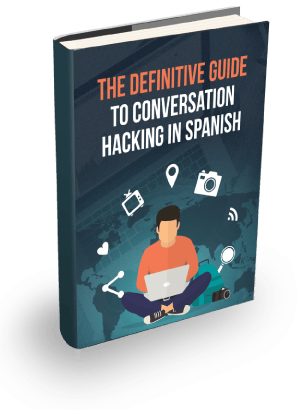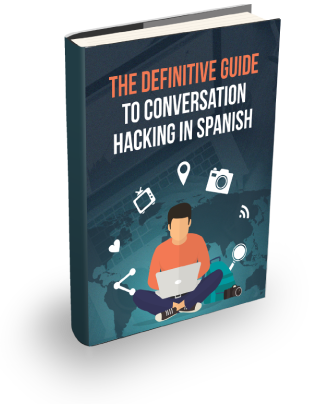Listening comprehension can be elusive even for the most seasoned of language learners. It takes time, regular practice and a lot of experience. For a lucky few it comes quickly, for the rest of us listening comprehension can be the bane of a language learning journey.
There are two skills that you can use to improve your listening comprehension:
1. Understanding Context
2. Extracting Specifics
These two concepts are sometimes referred to top-down and bottom-up skills. Both types of skills are required for successful listening comprehension.
Understanding context or taking a top-down approach is about utilizing prior knowledge to effectively guess what a speaker is likely to say.
Extracting specifics or taking a bottom-up approach is about listening to the sounds, perceiving words and finding meaning in the given sentence structure provided by a speaker.
In this two part post series, you will get an overview of the context approach in the first post and the specifics approach in the second.
How to leverage context for improved listening comprehension?
Context can tell you a lot before you even hear a single word.
It is possible to guess what is going to be said before it said based on factors such as environment, relationship to the person, time of day and your activity at the time.
When you next get home from a day out and you walk in the door, a family member might say something to you. What is it that they are likely to say?
How was your day?
It’s nice to see you.
Are you hungry?
Maybe you sit down in a restaurant and the waiter comes over and says …
You enter the hotel and the clerk at the desk says …
You are browsing in a clothes store and the salesperson comes over and says …
I remember my first trip to Spain, my Spanish was only at just a basic level and it was my second day in the country. I sat down in a restaurant and the waitress come over and said:
“Algo beber?”
In that moment I wasn’t quite sure what she had said. But I quickly figured out, based on context, that she was probably asking one of three things:
1. Do you want something to drink?
2. Do you want something to eat?
3. Do you want to see a menu?
There was a menu on the table so it probably wasn’t choice 3. It then came down to choice 1 or choice 2. Based on my prior knowledge of what commonly gets asked in restaurants back home, I guessed she was asking if I wanted something to drink.
Like any good tourist I said “Una cerveza, por favor.” And managed to avoid an awkward interaction unscathed.
At the time I actually knew the word for drink (beber) but I didn’t understand the waitress when she spoke. This is where a bottom-up approach failed me because I couldn’t decipher the specific words she had used. Instead I was forced to use a top-down approach to figure out what had been said.
One of the great things about understanding context is you can improve your ability without improving your knowledge of Spanish.
You can practice guessing based on context in English. Next time you are in a conversation with someone, see if you can guess what is coming next. Based on your knowledge of the person you are speaking with, your environment and the topic of conversation, can you figure out the idea that is likely to come? Can you figure out the vocabulary that is likely to be used?
Think about that same conversation happening in Spanish. What is the vocabulary you are likely to hear?
Like anything, building a new skill takes a little time so make some time in the next week to practice this skill. Once you start building this muscle you will be in a much better place to improve your listening comprehension and starting to understand the language on a whole new level.
In the next post you will learn how to improve your listening comprehension based on extracting specifics.




Leave a Reply